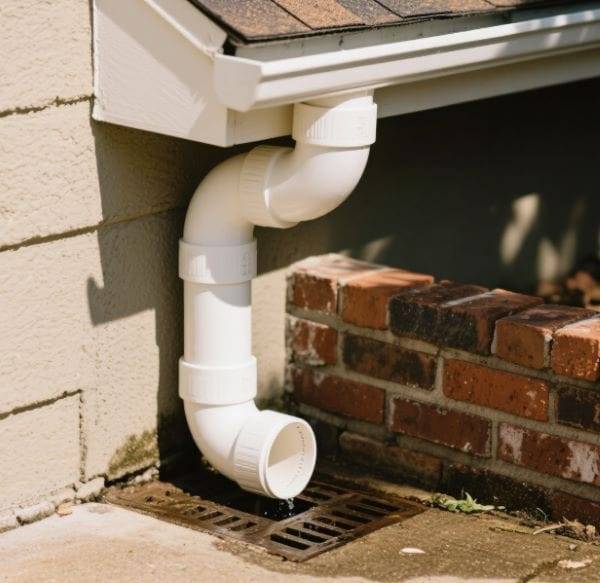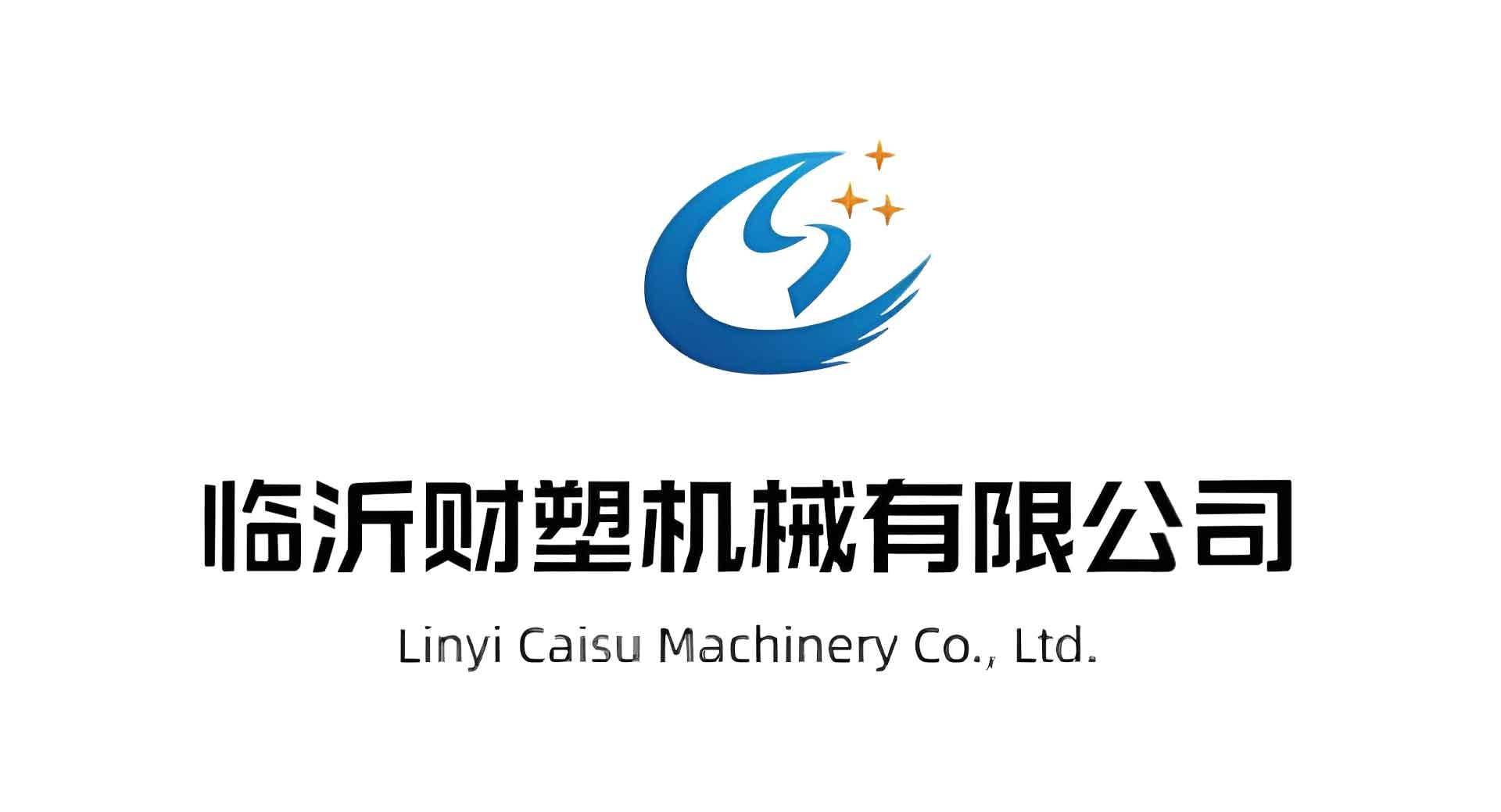Welcome to My Blog!
Before we dive into the content, I’d love for you to join me on my social media platforms where I share more insights, engage with the community, and post updates. Here’s how you can connect with me:
Facebook:https://www.facebook.com/profile.php?id=61567891941530
Now, let’s get started on our journey together. I hope you find the content here insightful, engaging, and valuable.
Caisu Machinery sells a variety of used plastic pipe production equipment. The products are of high quality and low price. Welcome to contact us for consultation and purchase. We will be happy to serve you.
Table of Contents
Introduction

Whether you’re supplying municipal projects, irrigation, or plumbing systems, a plastic water pipe extrusion line powers your output. Choosing the right setup means balancing performance, cost, and sustainability. Second‑hand extrusion lines often offer high return‑on‑investment by combining lower cost with reliable engineering. According to industry insights, refurbishing quality equipment can cut capital costs by up to 40%, while still delivering consistent performance.
The Role of Extrusion Lines in Pipe Manufacturing
Extrusion lines melt polymer resin—such as PE, PPR, or PVC—and shape it into pipes at speeds up to 30 meters per minute. Key modules include extruders, vacuum calibration tanks, haul‑off devices, cutters, and stacking systems. Controls and automation play a major role in ensuring product uniformity, surface finish, and dimensional precision.
Key Components in a Plastic Water Pipe Extrusion Line
Extruder Unit
At the heart of your line is the single‑ or twin‑screw extruder. Barrel size, L/D ratio, and screw design determine output rate and melting efficiency. Used lines often feature quality barrels with hard coatings and refurbished screws that still retain melt consistency and wear resistance.
Die Head & Calibration Tank
A precision die head ensures smooth wall thickness and roundness. Following this, the vacuum calibration tank cools and stabilizes pipe dimensions. Even second‑hand tanks that have been recoated and leveled can match the performance of new units.
Haul‑Off & Cutter
Characters like belt, caterpillar, or flanged‐chain haul‑off systems grip and pull pipe while an automated cutter slices it to specified lengths. Proper synchronization ensures clean surfaces, no deformation, and accurate cut lengths.
Stacker and Control Panel
Stackers neatly bundle pipes for packaging, and the PLC control panel manages line speed, temperature profiles, and alarms. Used systems from experienced suppliers like Caisu are often upgraded with spare parts, making them year‑ready with easy maintenance.
Advantages of Investing in a Second‑Hand Extrusion Line
Cost‑Effective Setup
Compared to brand‑new lines, used extrusion lines can be up to 40–60% cheaper. After minor refurbishment—like belt replacement or barrel polishing—you get reliable speeds and pipe quality at a fraction of the cost.
Proven Machine Durability
High‑quality extrusion equipment is built to last; even when used, refurbished components still offer years of service, especially when maintained properly.
Faster Delivery and Setup
New lines often have long lead times. Pre‑owned systems are ready for revision, shipment, and installation within weeks rather than months.
Retrofit and Upgrade Flexibility
You can customize second‑hand lines: add automation, digital controls, thicker wall options, or expand capacity—all at lower cost than buying entirely new.
Easier Financing
Lower equipment price means lower financing risk. It’s an accessible path for small businesses or cooperatives scaling production without overshooting budgets.
Technical Considerations for a Plastic Water Pipe Extrusion Line

Production Capacity and Output
Know your target output—say 100–200 kg/hour—so you can size the extruder, haul‑off speed, and cutting system correctly. Used equipment typically offers modular capacity that can be upgraded with stronger motors or additional heaters.
Pipe Dimensions and Material Compatibility
Second‑hand lines often support 16–32 mm pipes and brand‑agnostic resin. Look for adaptable die heads and calibration tanks that can be resized or replaced for different pipe types.
Quality and Certification
Ensure your line can deliver pipes compliant with standard quality metrics—wall tolerance ±5%, circularity, hydrostatic strength. Carefully test extruder pressure, melt temperature stability, and pipe dimensions before purchasing.
Energy Consumption and Efficiency
Older equipment may be less efficient, but simple upgrades—like variable‑frequency drives, barrel insulation, or energy‑efficient heaters—can cut power costs by 10–20%.
Maintenance and Parts Support
Reliable sources like Caisu supply spare screws, replacement belts, calibration rollers, and control parts. You’ll also get training for operators and preventive maintenance guidance.
Table: Typical Line Configurations and Specs
| Feature | Small‑Scale Line | Mid‑Scale Line | Upgraded Used Line |
|---|---|---|---|
| Output rate | 50–100 kg/h | 100–200 kg/h | 150–300 kg/h |
| Pipe diameter range | 16–25 mm | 20–32 mm | 16–63 mm (with changes) |
| Extruder size | 45 mm twin‑screw | 65 mm twin‑screw | 65–75 mm twin‑screw |
| Line speed | 15 m/min | 20 m/min | 25 m/min |
| Refurbishment needs | Belt/PLC updates | Barrel polish, tank recoating | Minor upgrades, parts replacement |
| Typical turnkey budget | Low | Medium | Medium–High (but lower than new) |
Quality Assurance and Process Optimization
Performance Testing
Prior to deployment, test a used pipe line in real conditions. Measure wall thickness, dimensional tolerance, and visual finish over full production cycle.
Technology Calibration
Precision die alignment and vacuum tank draining are key. Caisu technicians guide full startup, adjusting heaters, haul‑off speed, and cutter synchronization.
Operator Training
Well-trained operators reduce scrap, speed up product changeover, and perform predictive maintenance for consistent line performance and minimal downtime.
Long‑Term Maintenance
Set regular schedules for screw/barrel inspection, belt replacement, motor lubrication, and PLC backups. A proactive approach keeps production smooth.
Common Applications for Plastic Water Pipes

Domestic Water Distribution
Small‑diameter PE or PPR pipes are ideal for residential plumbing and water networks. Low‑cost lines fit manufacturers selling direct to installers.
Irrigation and Agriculture
Tubing for drip irrigation or greenhouse sprinkler systems often uses 20–32 mm PE pipes—consistent thickness and flexibility matter for clean water delivery.
Construction Utilities
Intermediate diameter pipes (25–50 mm) carry water, gas, or heating fluids in residential complexes, where pipe integrity and bonding matter.
Industrial Facilities
In factories or processing lines, plastic water pipes deliver cooling water or non‑critical fluids. A well‑maintained extrusion line allows mid‑scale customization.
Pipe Bundles and System Solutions
Producers often supply ready‑to‑install pipe bundles with connectors and packaging—all sourced from a single extrusion line provider.
Conclusion
Choosing a second‑hand extrusion line is a smart strategic move for cost‑efficiency, customization, and quick market entry. By focusing on quality components, proper refurbishment, and expert support—like what Caisu delivers—you get a high‑performance pipe-making asset that will serve you for years.
FAQ
What is the advantage of buying a second‑hand plastic water pipe extrusion line?
You gain significant cost savings—typically 40–60% lower than new—while receiving a machine that performs well after professional refurbishment. It’s a faster path to production with proven reliability.
Can a used extrusion line be upgraded?
Absolutely. Lines can be fitted with new control panels, sensors, screw/barrel kits, and packaging modules. That makes them as adaptable as new lines at a lower price.
How do I ensure pipe quality from a used line?
Caisu inspects and tests each extrusion line, then produces sample runs to measure wall thickness, roundness, and appearance, guaranteeing compliance with standards.
What production range can I expect?
Depending on the model and setup, output ranges from 50 to over 300 kg/hour, with pipe diameters usually between 16 mm and 63 mm. Custom thicker walls or higher speeds are also possible.
Do you provide installation support?
Yes. Our team offers global shipping, on‑site mechanical support, electrical and PLC setup, and operator training to ensure your line is running optimally.





